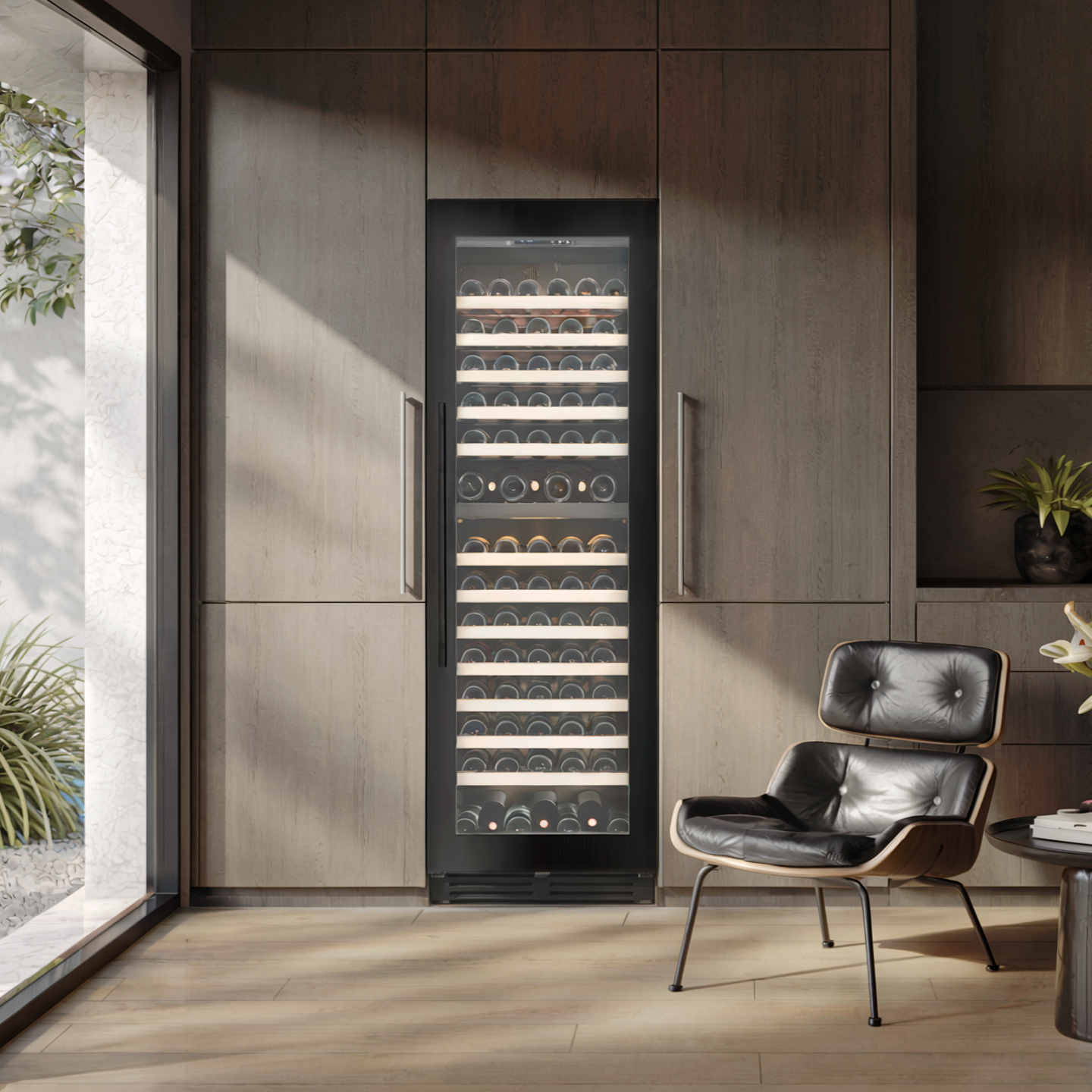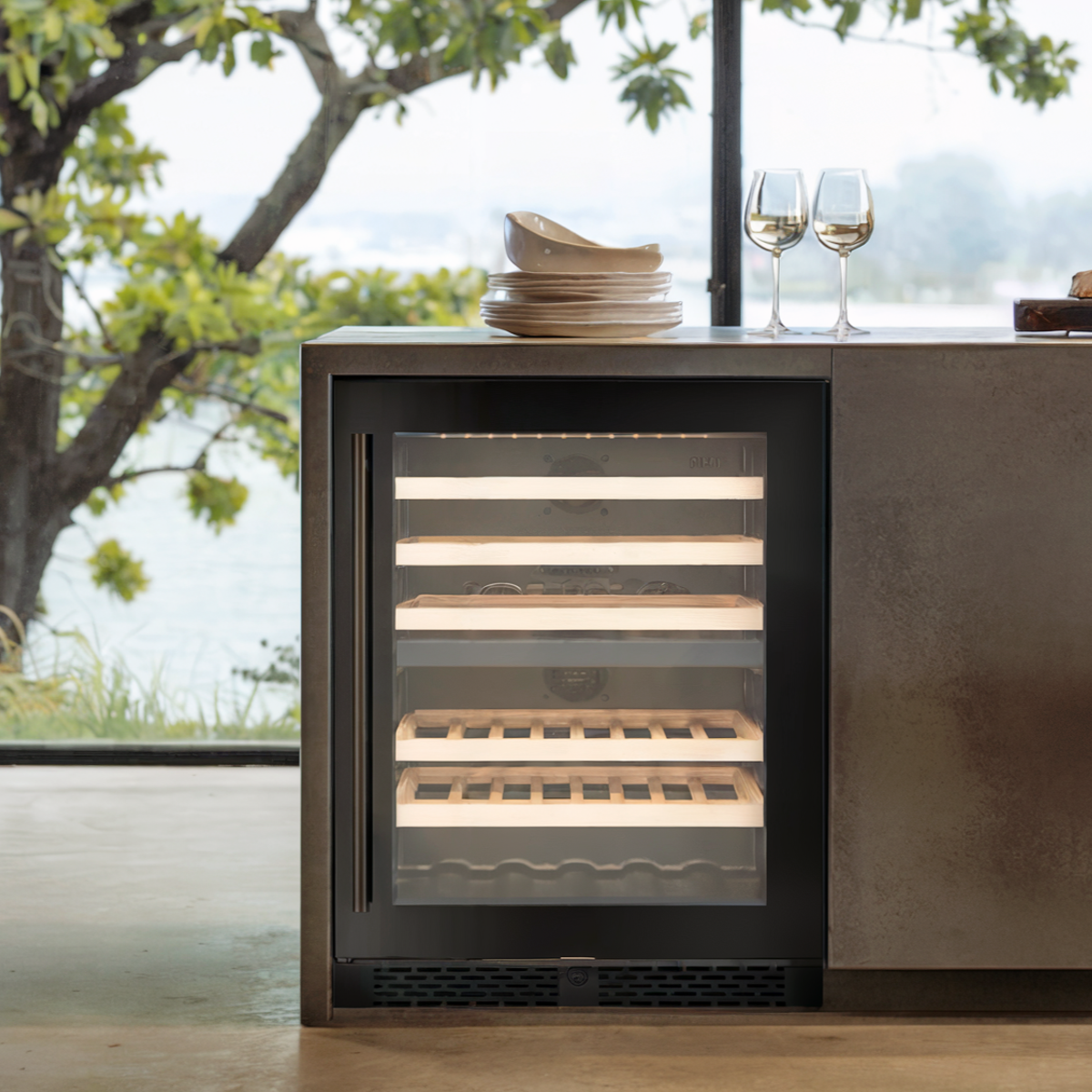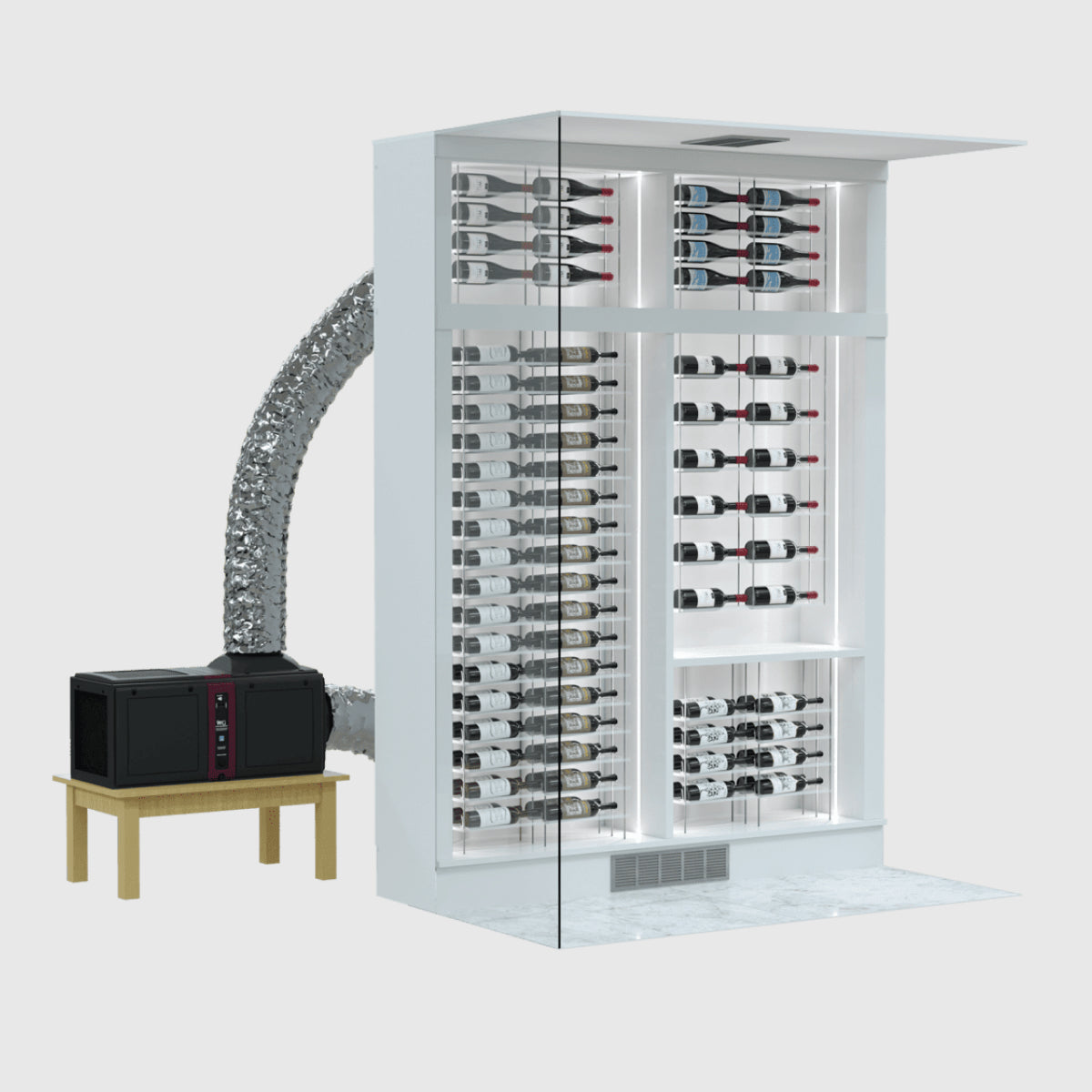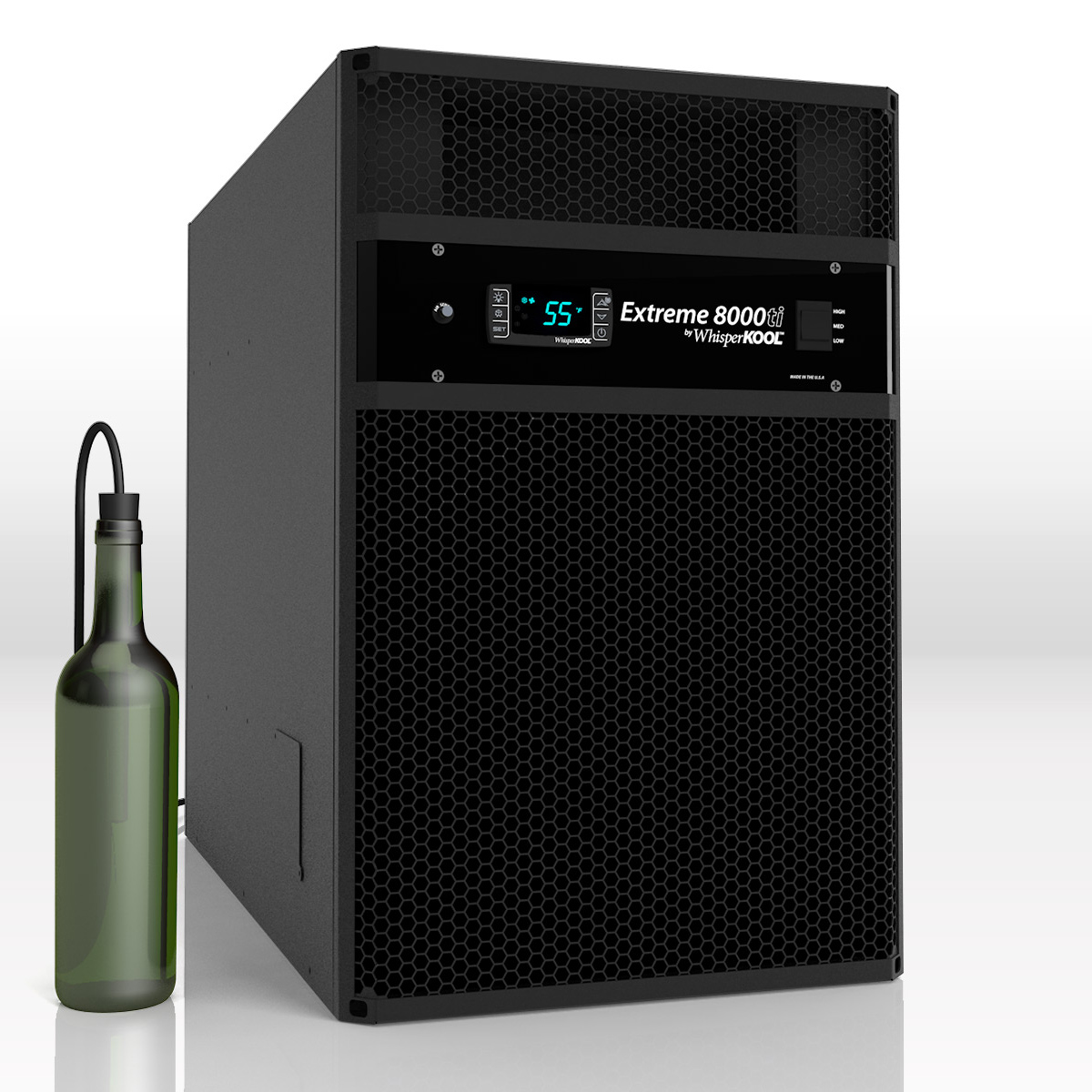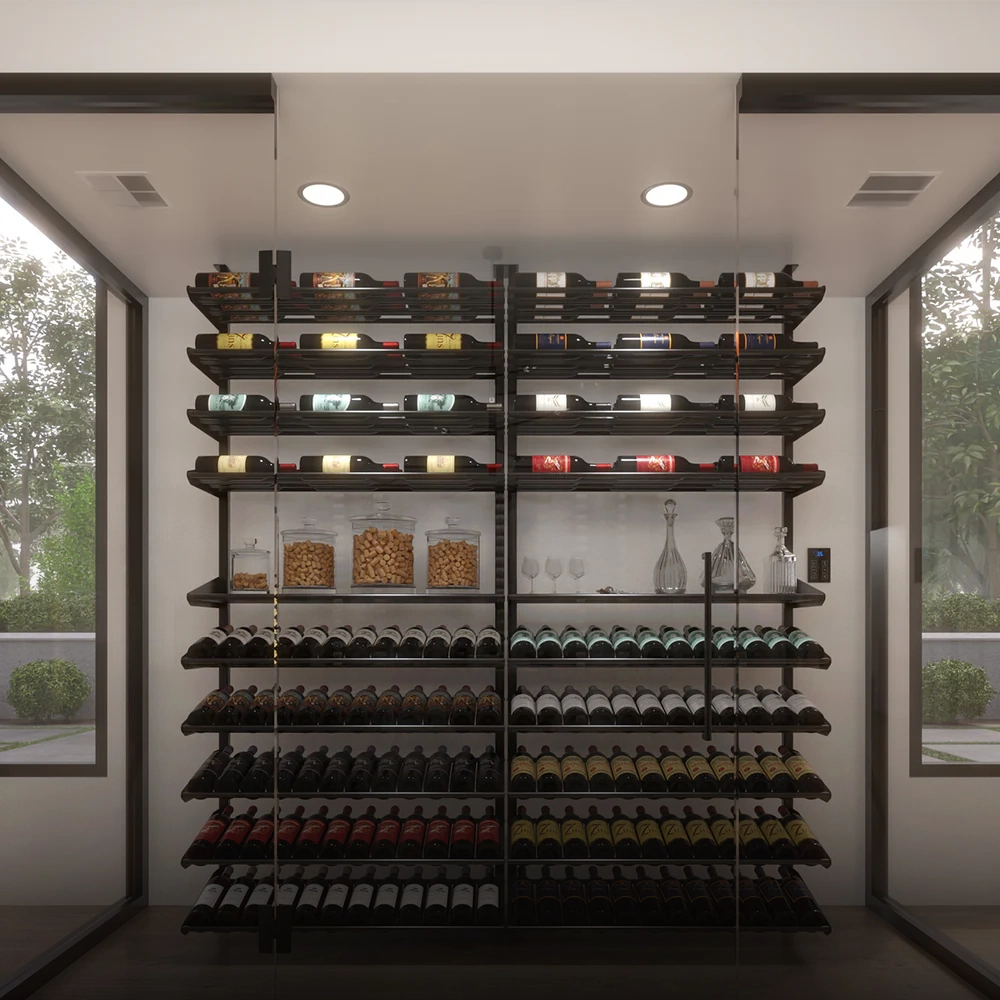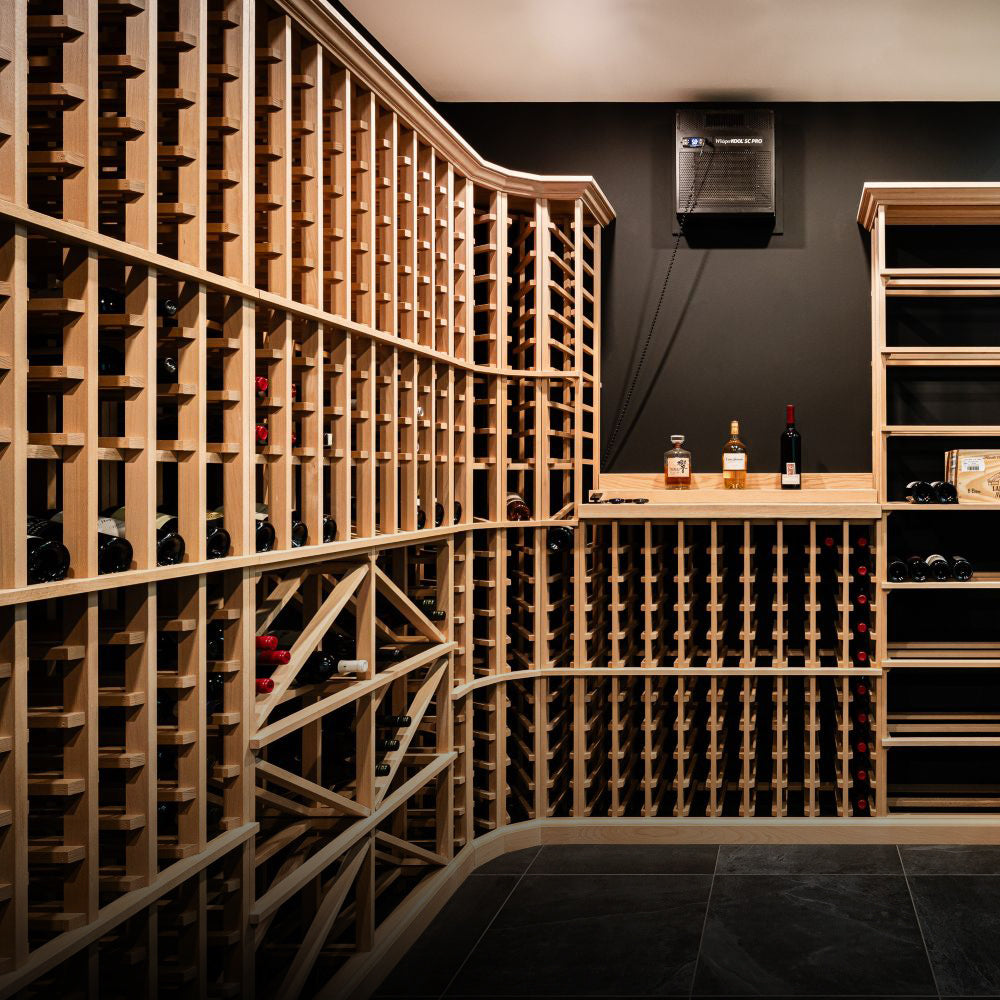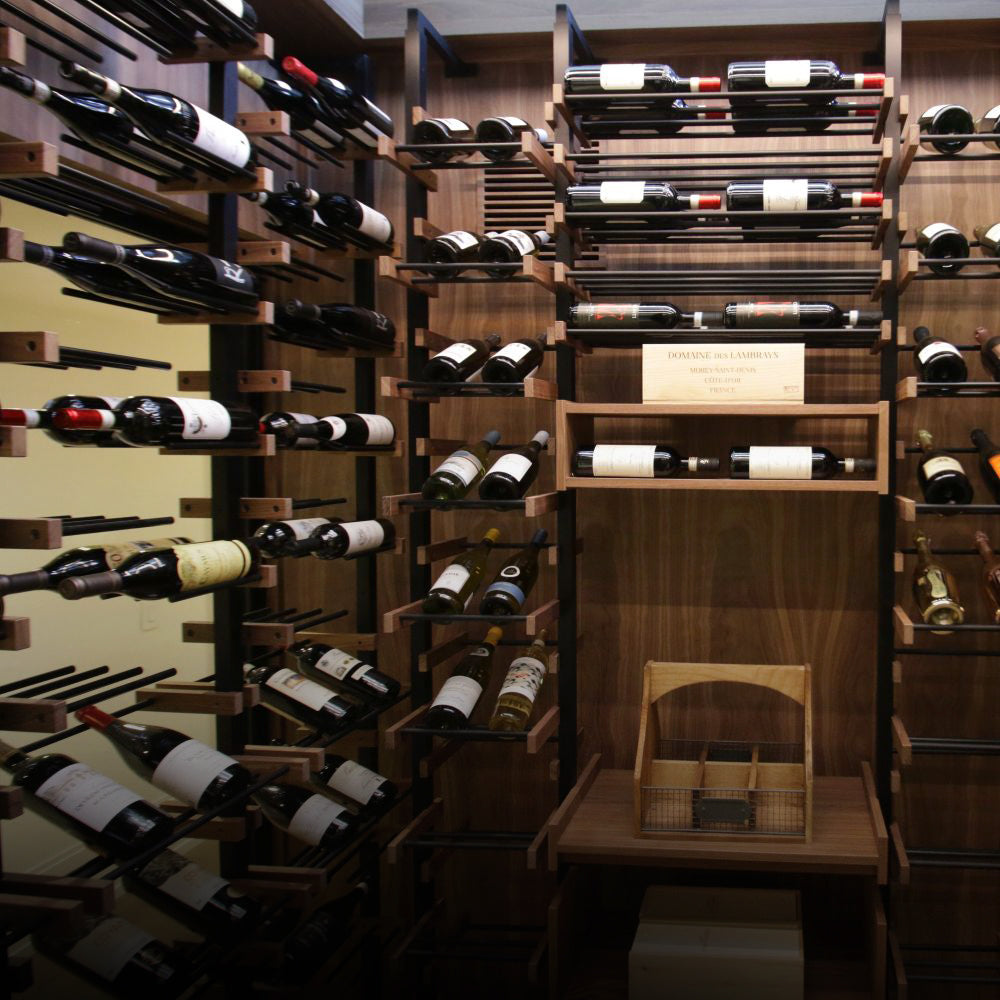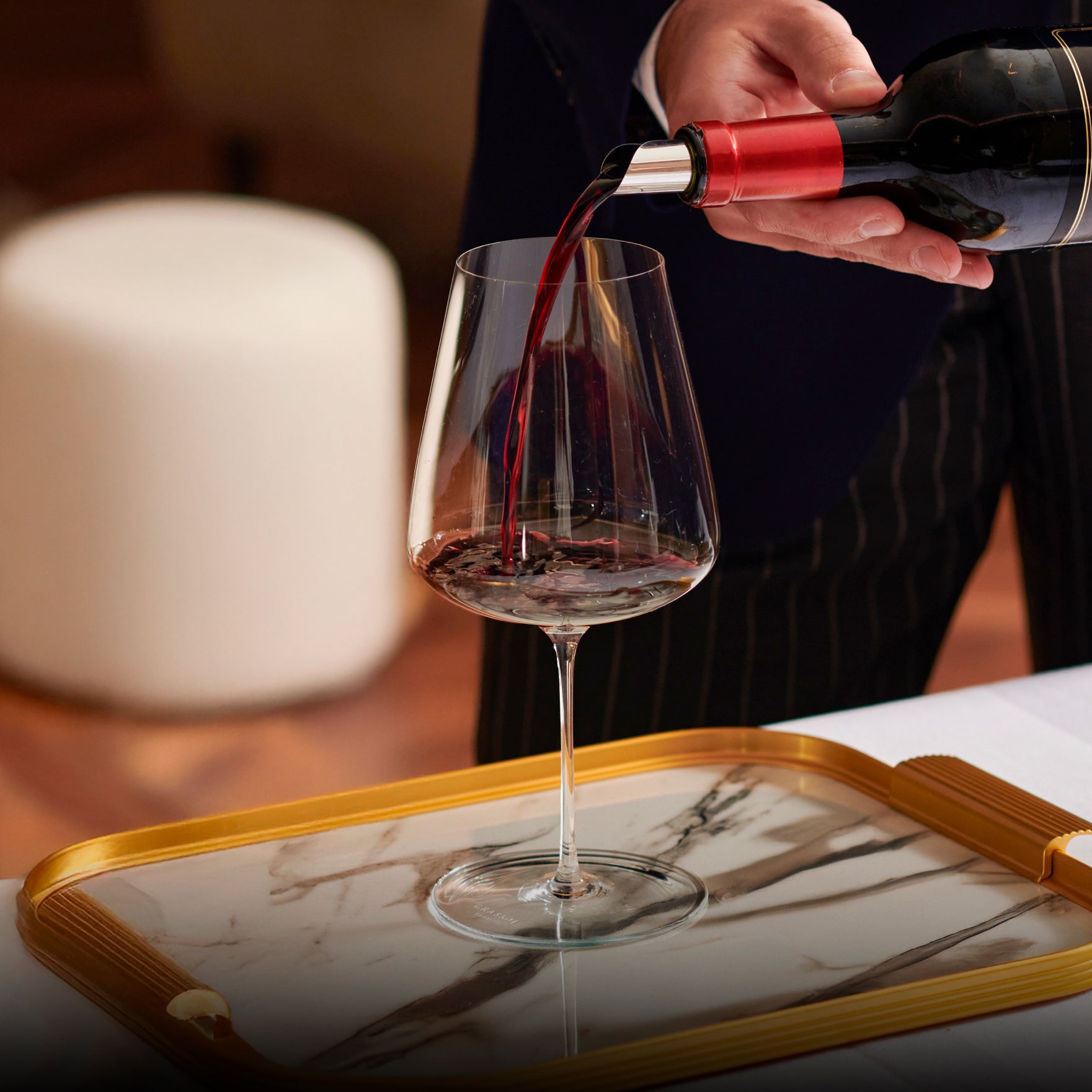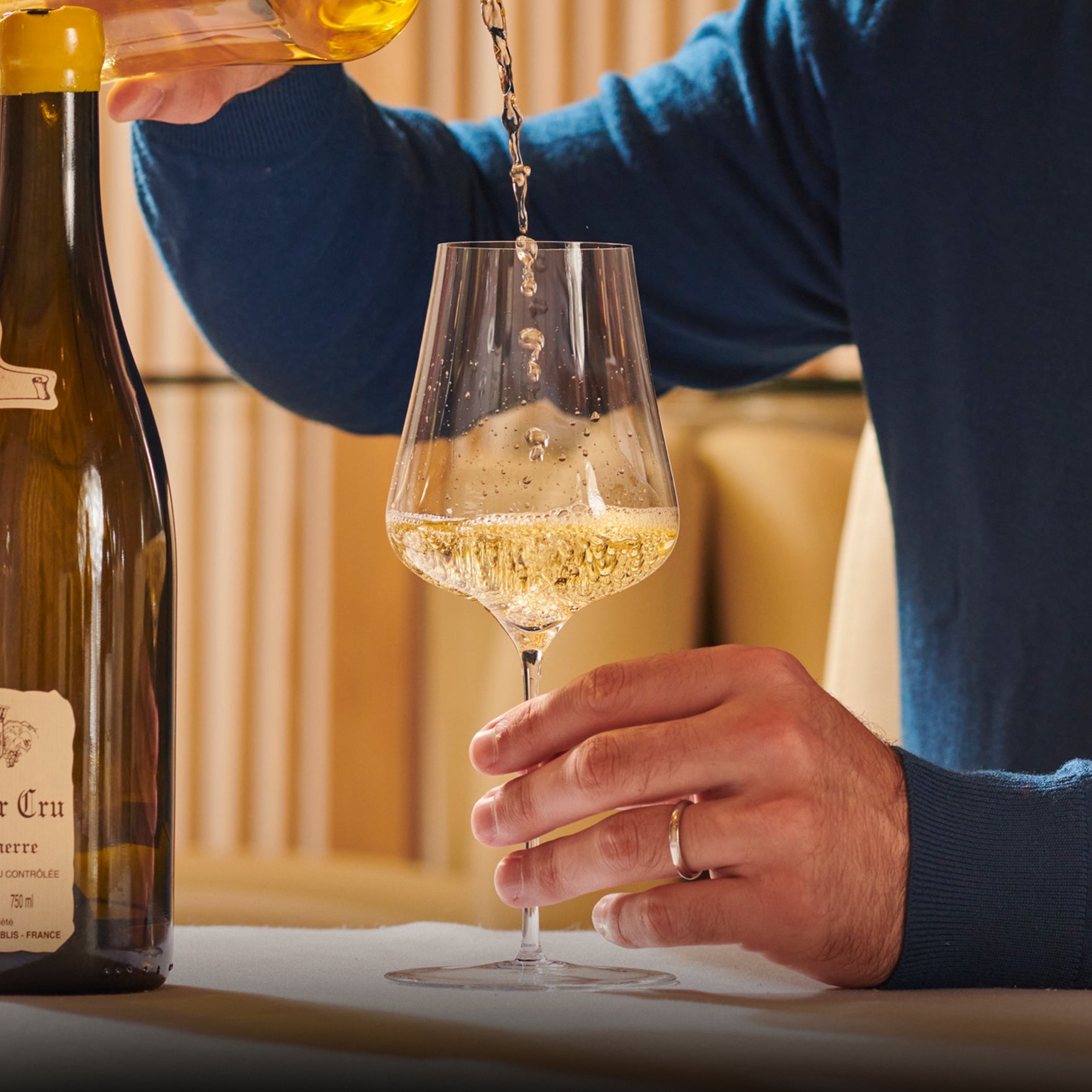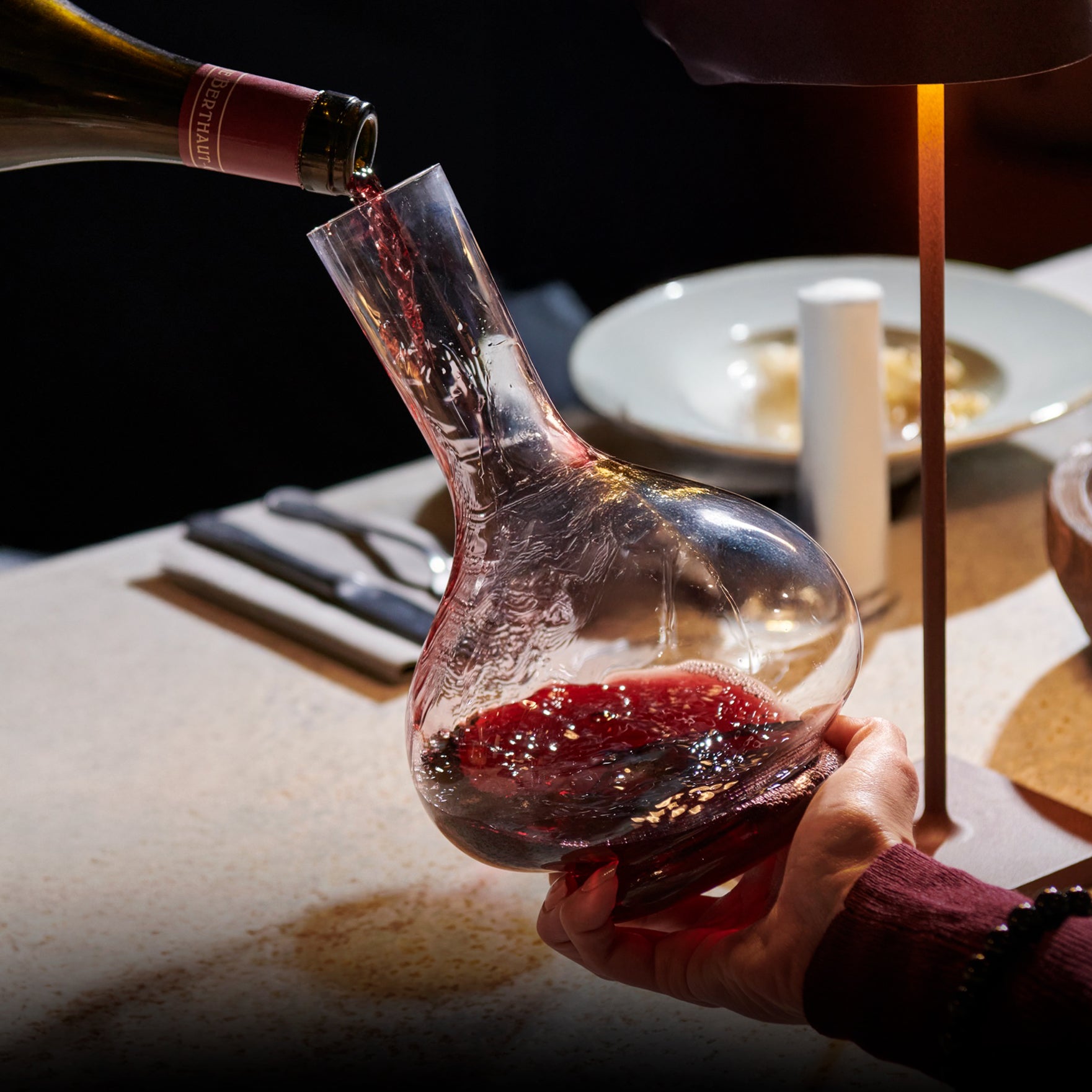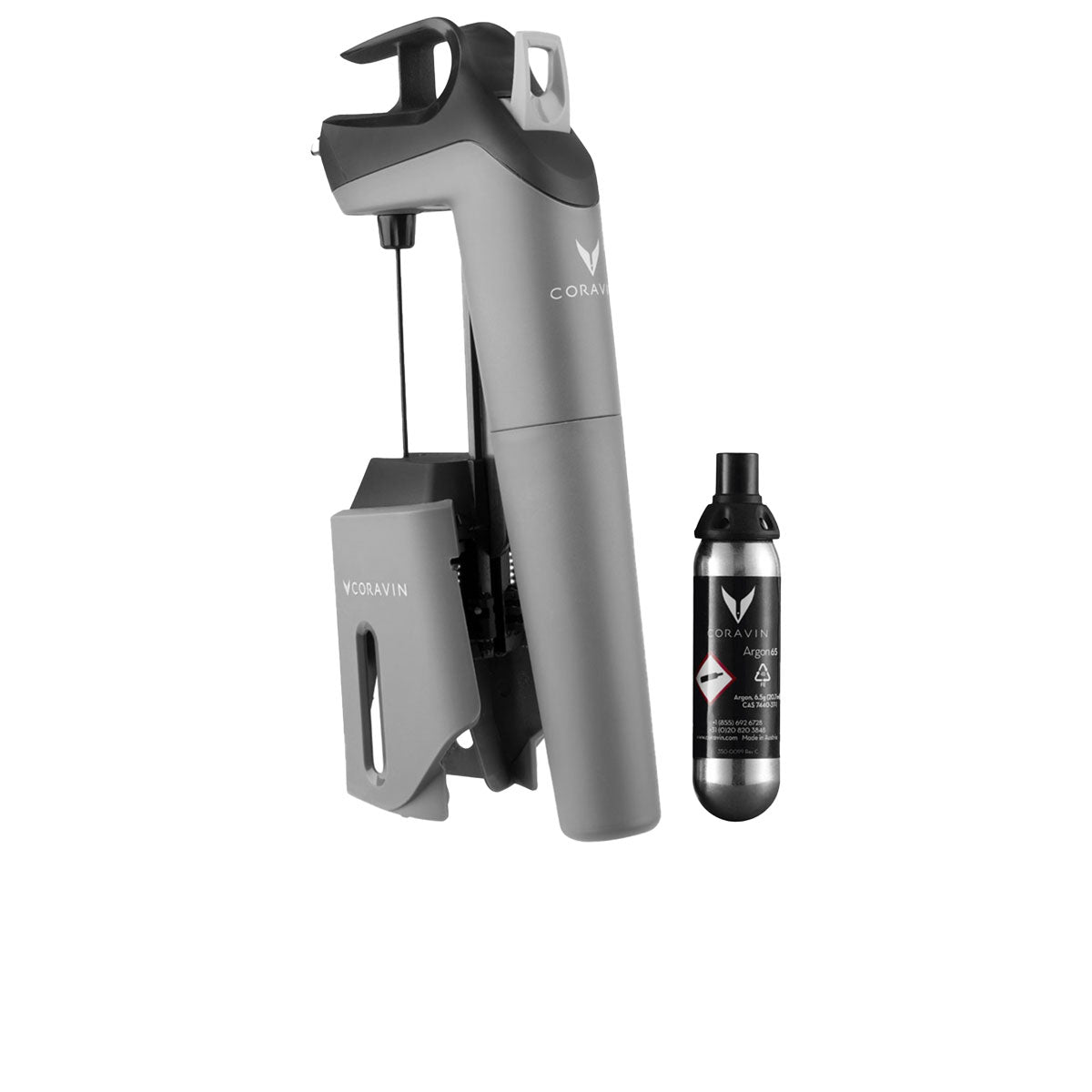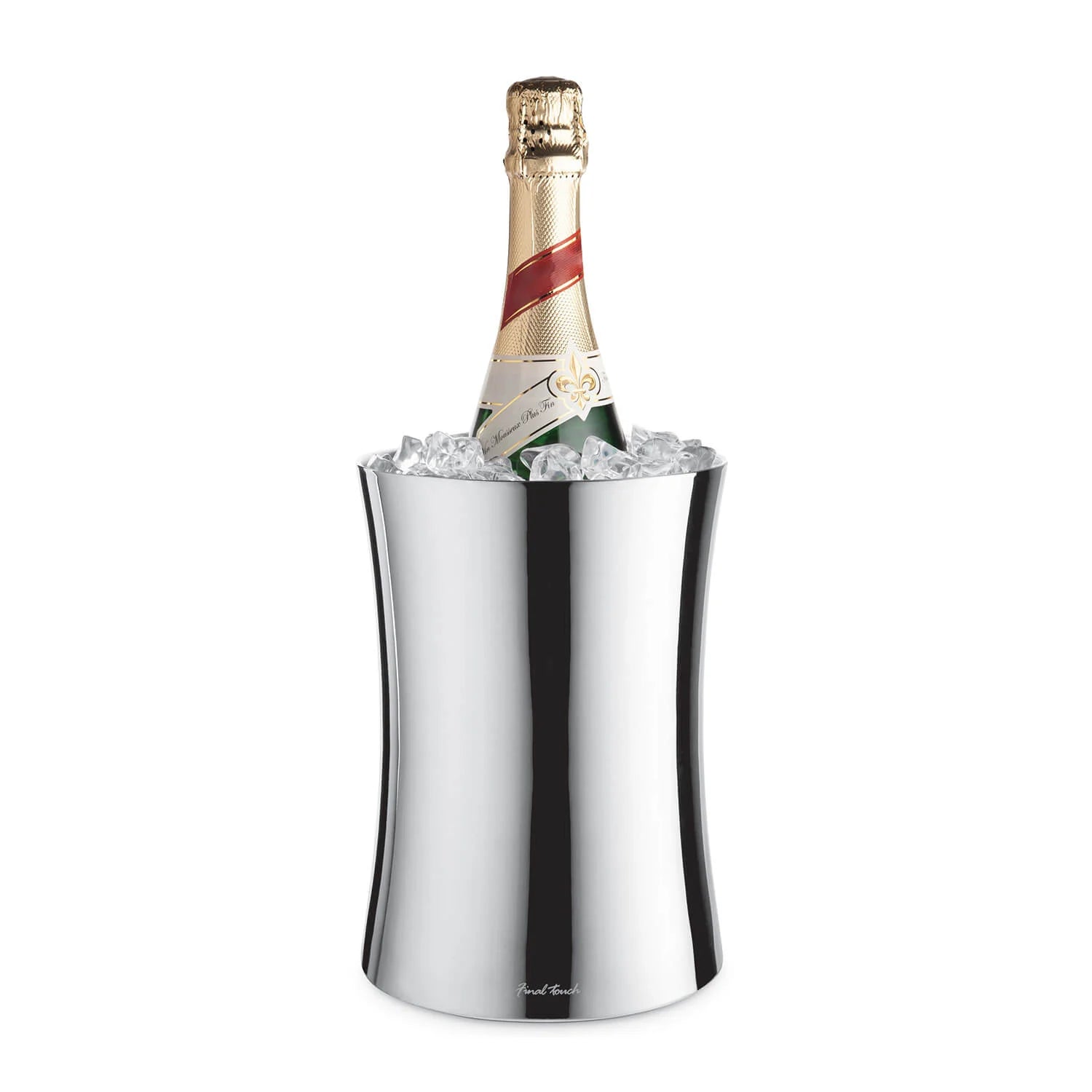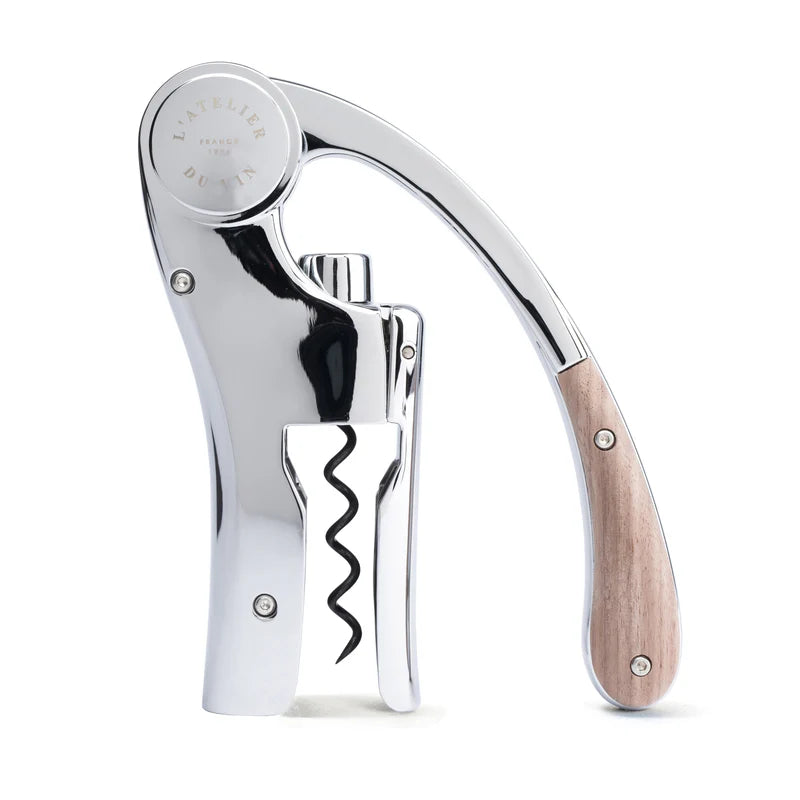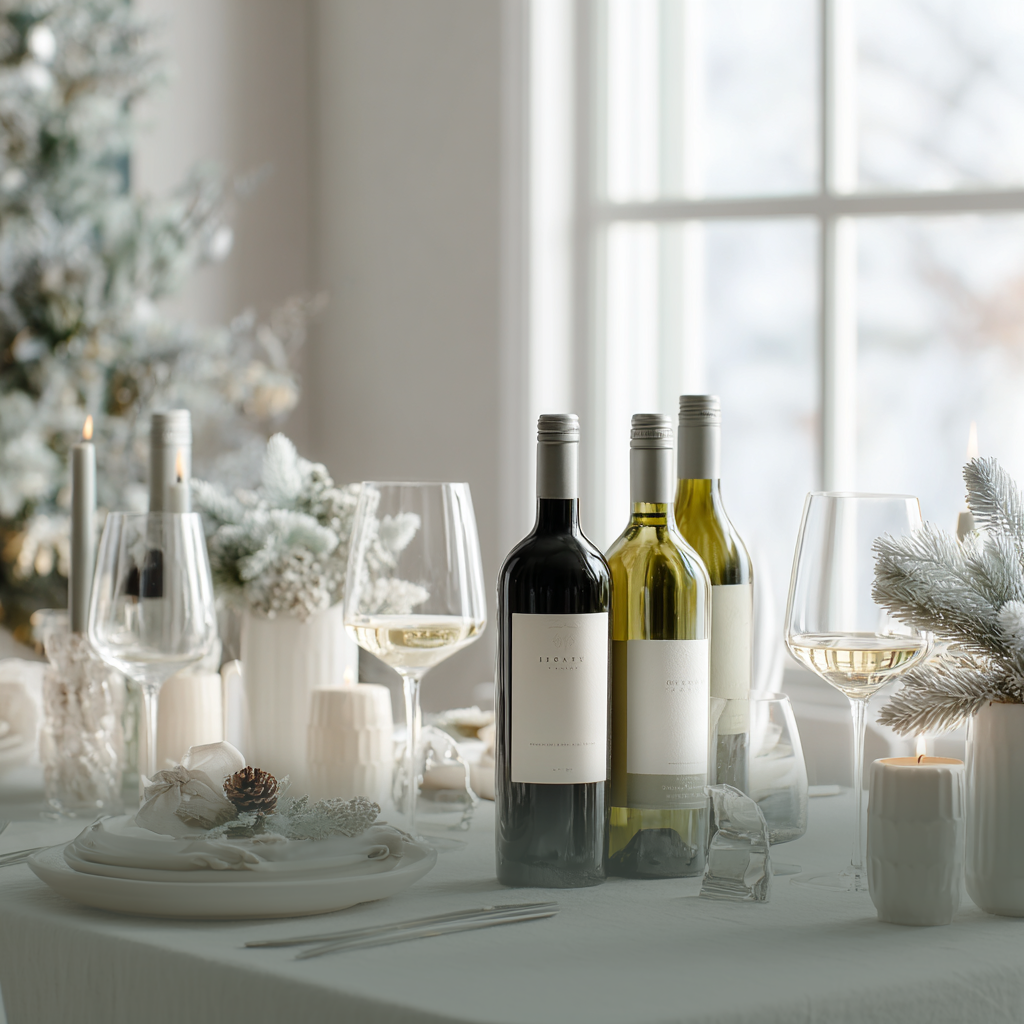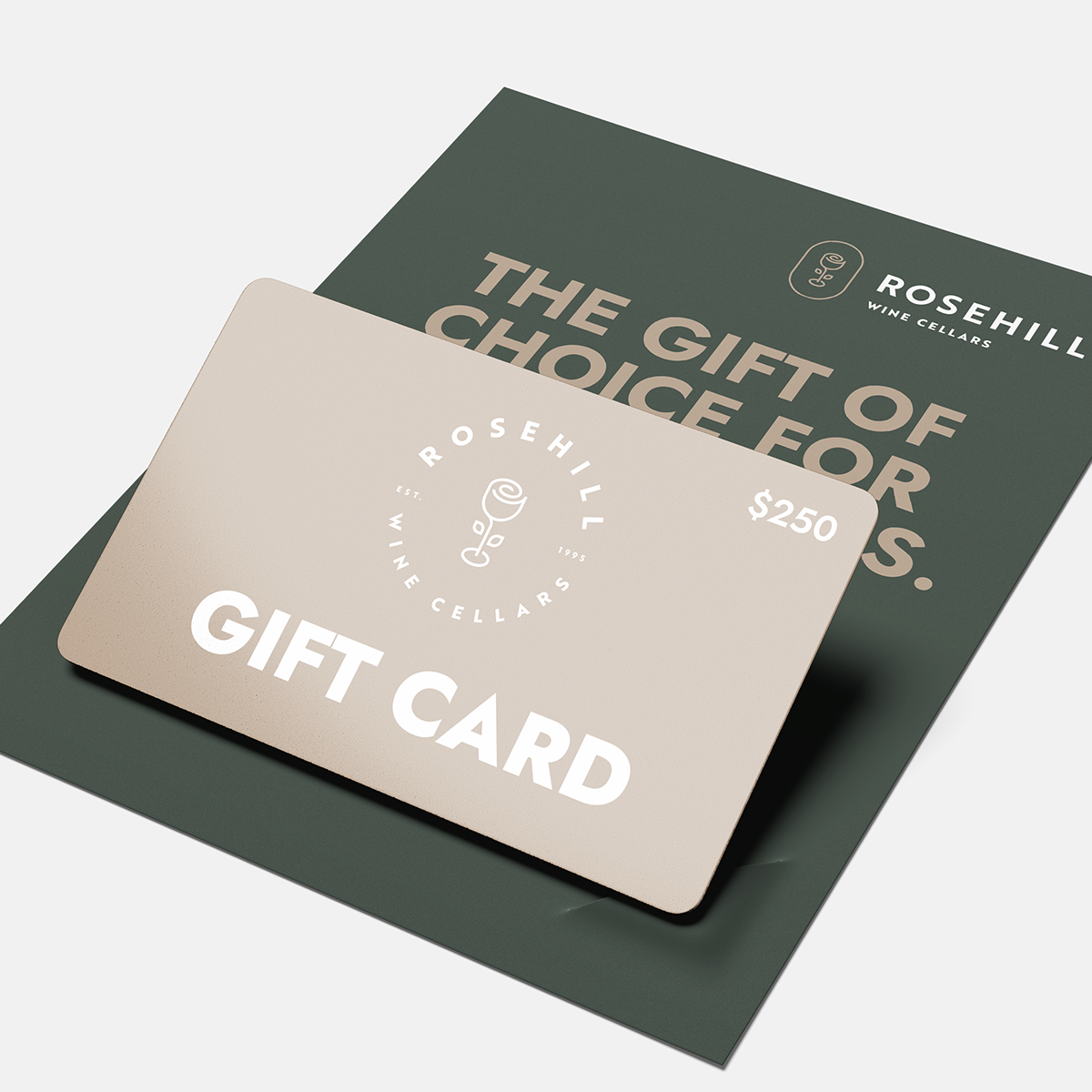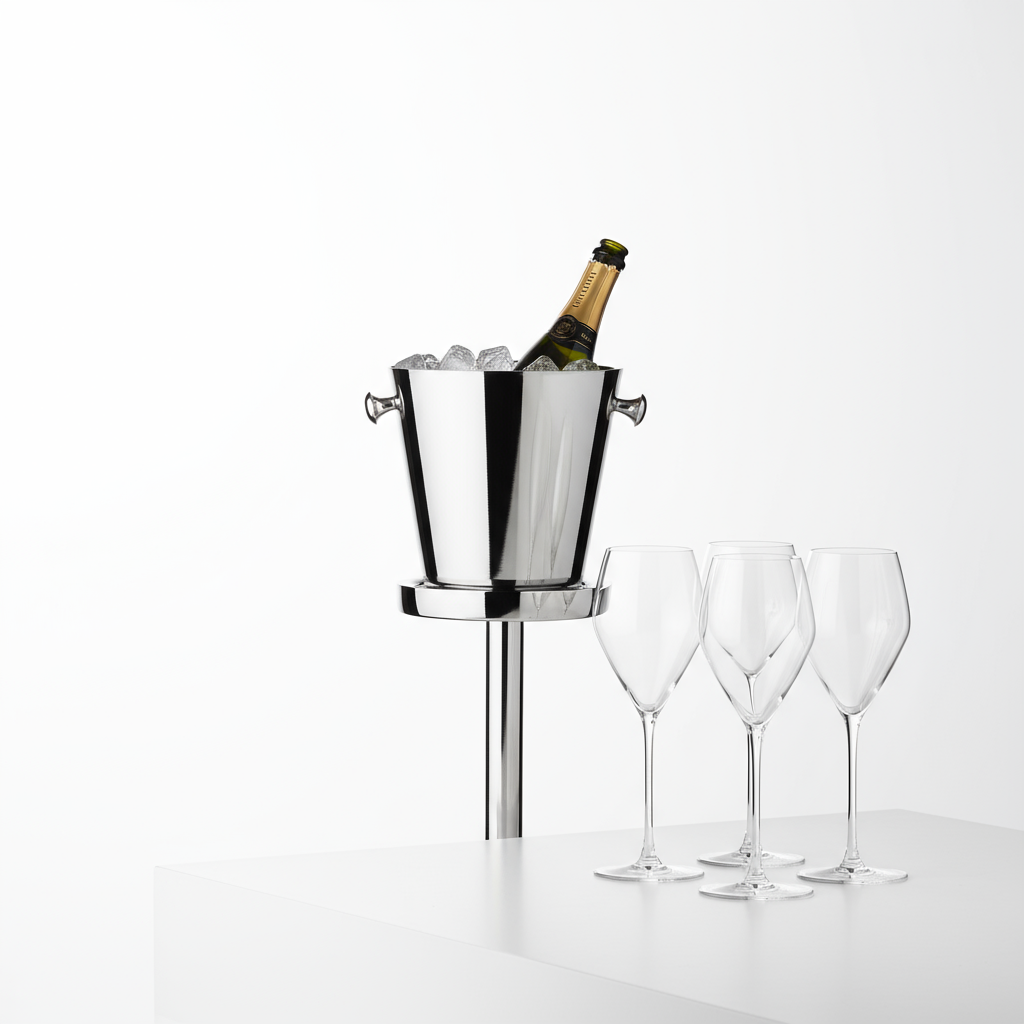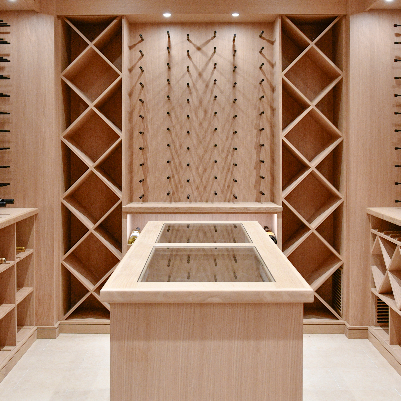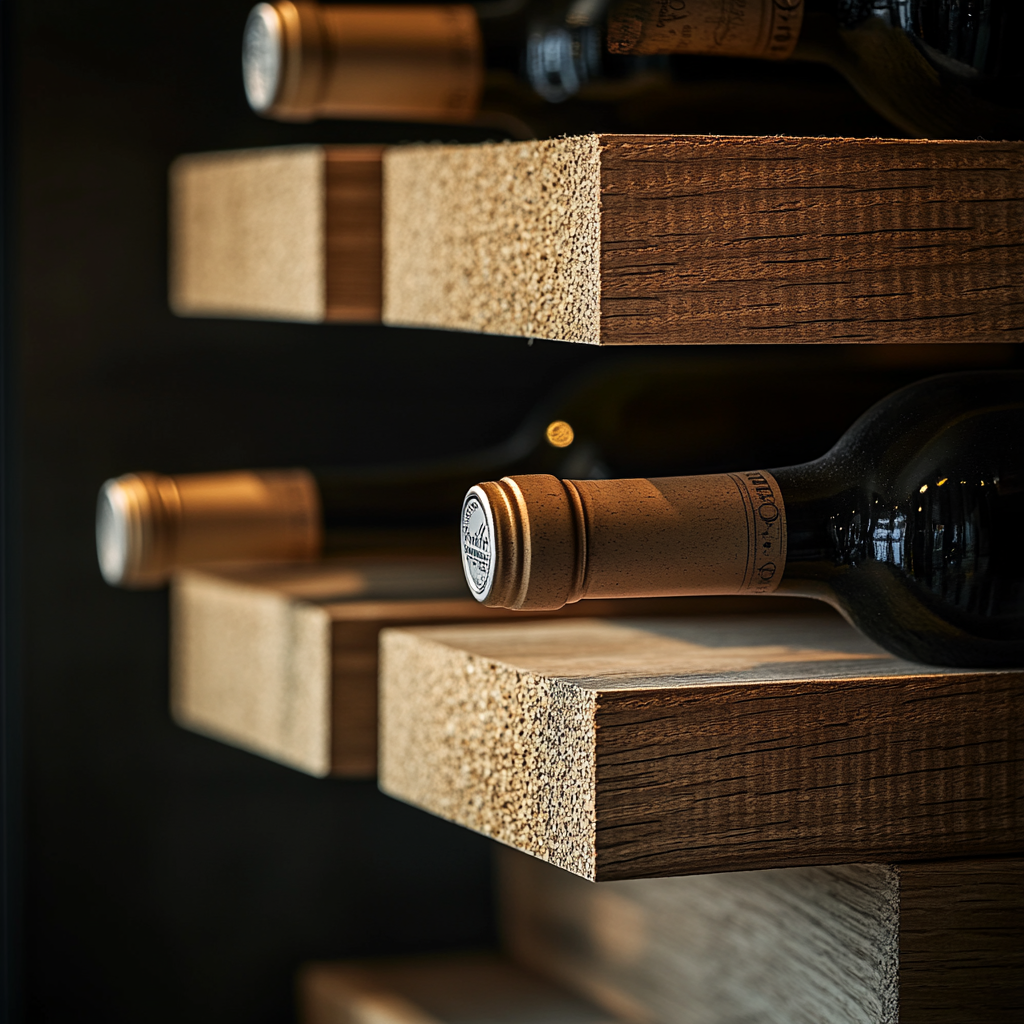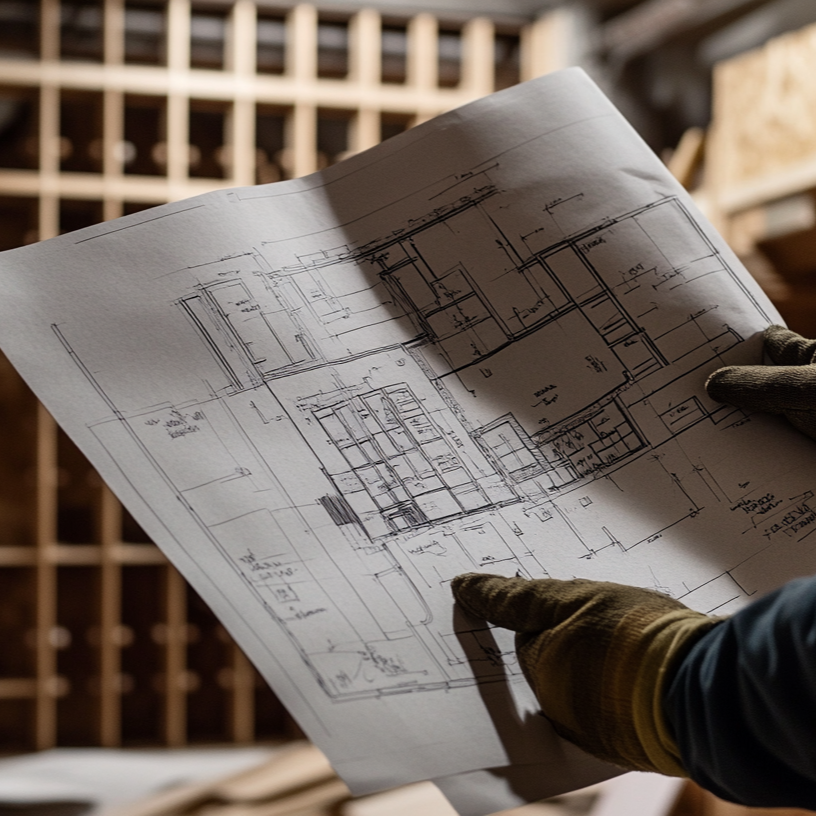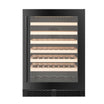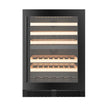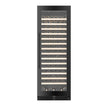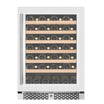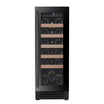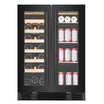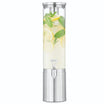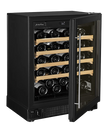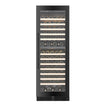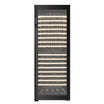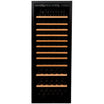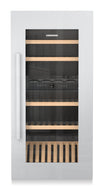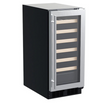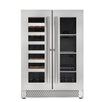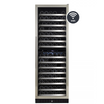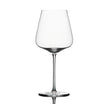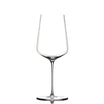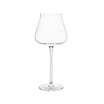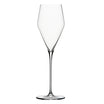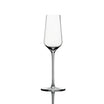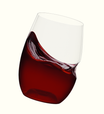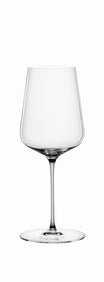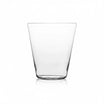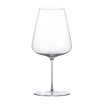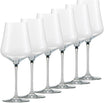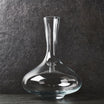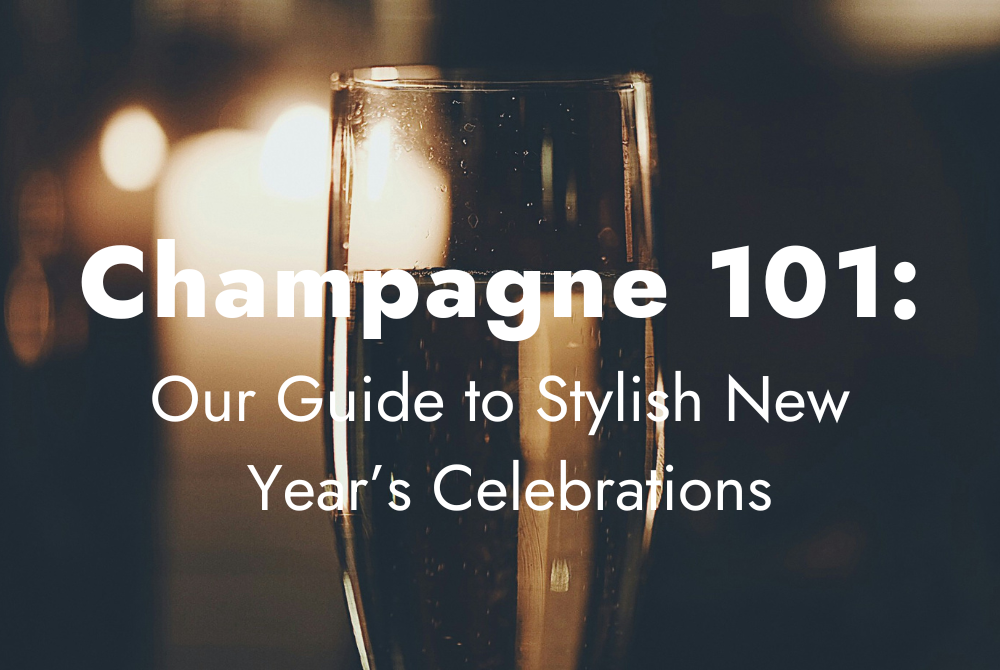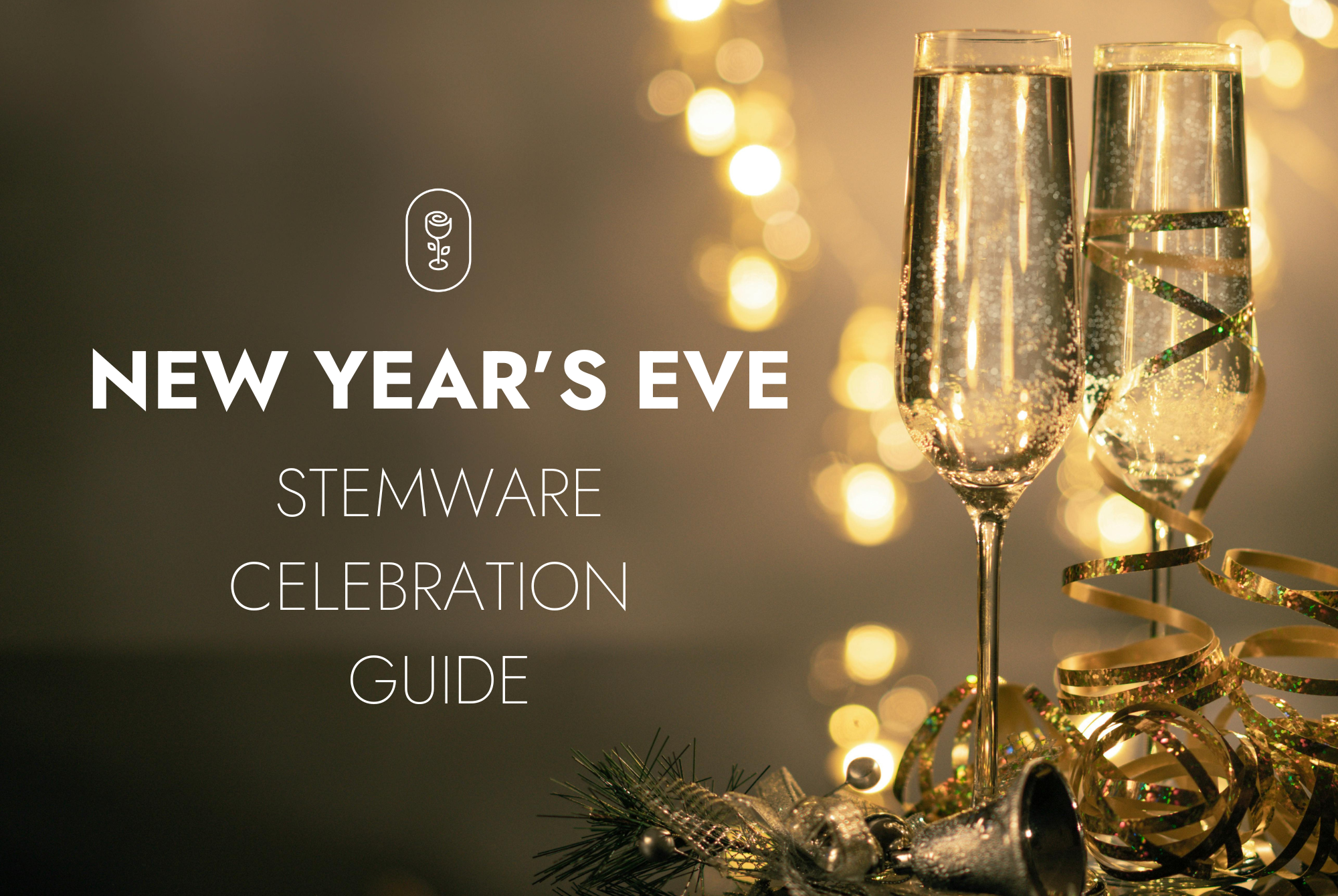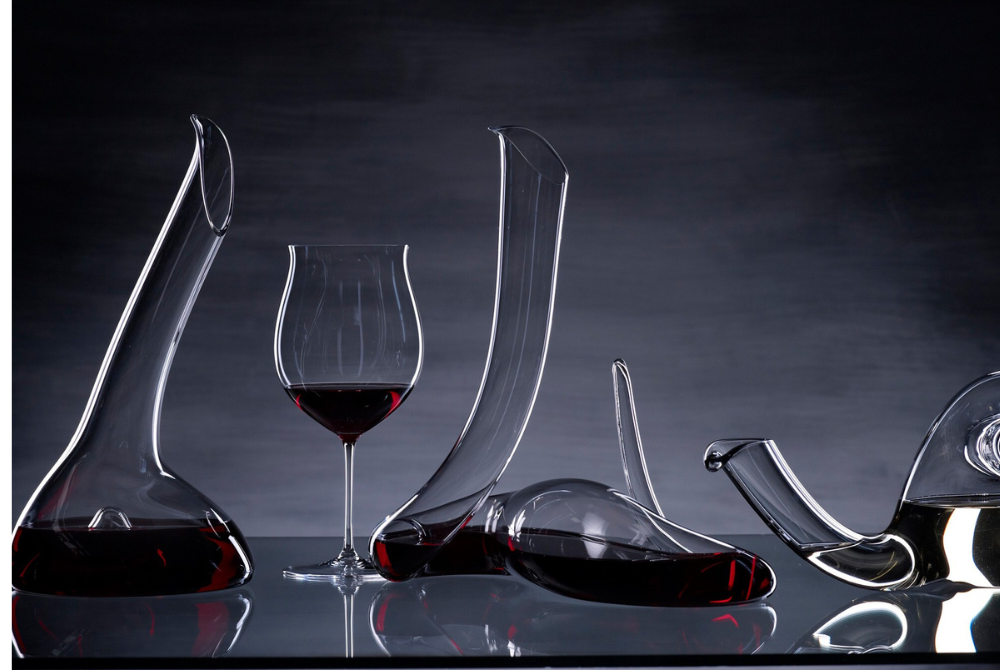Champagne goes hand in hand with New Year’s Eve celebrations. Along with similar premium sparkling wines, champagne is one of the most common drinks for festive, elegant gatherings among friends or loved ones to ring in the new year. In fact, over 360 million glasses of sparkling wine are expected to be consumed on New Year’s Eve.
But have you ever wondered what makes champagne such a refined drink? What makes champagne such a sophisticated choice among available sparkling wines? Read along and explore the diverse world of champagne, including where it’s sourced, how to serve it to guests, and gourmet foods you can pair with tasteful sparkling wines.
Champagne is more than a drink—it’s an experience

Champagne has a classic, refined, and refreshing taste that’s often preserved for celebratory occasions. When most people think of festive drinks to salute holidays or major life milestones, champagne is almost always near the top of the list.
Many sparkling wines have a bubbly, effervescent quality, but there’s something uniquely emotive about champagne. You can’t help but feel a sense of joy and exuberance when holding a glass of champagne. There’s a complexity and vibrancy within each glass, a perfect concoction of character, texture, and balance that elevates every occasion.
Renowned as a luxurious drink that’s meant to be savoured, champagne is a premium, refreshing way to celebrate the best occasions—and New Year’s Eve is a perfect time to savour the most precious of sparkling wines.
The history of champagne: what makes it so special

Champagne derives its name from Champagne, France, in the northern region of Gaul. It was perfected during the 17th century, and credit for the creation of modern champagne is historically gifted to renowned wine cellar master, Dom Pérignon—whose legacy continues on in the brand of champagne that shares his name.
In truth, the road to perfecting champagne began centuries before Dom Pérignon perfected his creation. When the ancient Roman Empire swept across what became France, Roman cultivators of grape vines saw ample opportunity. The region of Gaul had climatic and soil conditions that were perfect for producing high-quality grapes and converting them into exquisite wines that represented the best of Roman culture.
Hundreds of years later, during the 9th century, winemaking reached a new level of popularity and profitability in the region that would become Champagne, France. It was in the city of Rheims, approximately 150 km east of modern-day Paris, where the kings of the French monarchy were crowned. The intricate connection to French royalty elevated the region’s reputation and increased demand for locally produced wines.
Eventually, almost the entire region surrounding Rheims was planted with vines, creating an abundance of vineyards that specialized in producing premium wines. Over the centuries, the region of Champagne’s unique terroir and méthode champenoise evolved as winemakers experimented and brewed new wines. This created a culture for graceful sparkling wine production, which Dom Pérignon further experimented with to develop modern champagne.
Distinct types of champagne

While Dom Pérignon is arguably the most recognized brand of champagne, there are different types of champagnes you can select for separate occasions. Cava, Prosecco, and Sekt—brewed in Spain, Italy, and Germany, respectively—are sparkling wines that are often substituted for champagne. However, those sparkling wines do not undergo a secondary méthode champenoise that is unique to premium champagnes.
Depending on your taste preferences, budget, and the upcoming celebration, you may prefer one type of champagne over another. Here are some of the most common types of champagnes you can savour as you make your plans for New Year’s Eve.
- Brut - Some wine lovers prefer drier wines over sweeter creations. If your palate has a more refined taste for drier wines, you should purchase a Brut champagne for your celebration. Brut has a dry, raw taste and is made with fewer than 12 grams of sugar per litre of sparkling wine. It’s manufactured using white grapes, and it may have hints of floral fruitiness, though less pronounced than wines that are produced with more sugar.
- Extra Brut - Take everything that makes a Brut champagne delightful, but reduce the sugar quantity to near zero, and you’ll be savouring an Extra Brut sparkling wine. If Brut is known for having a dry, raw taste, Extra Brut is extra dry because of its lower sugar content. It will still contain some fruity compounds and aromas, but they will be far less detectable than in other champagnes.
- Demi Sec - If you prefer a sweeter wine than a Brut or Extra Brut will offer, a Demi Sec champagne is an elegant sparkling choice. A Demi Sec champagne has a highly versatile taste, making it a perfect complement to gourmet meals and desserts. These are among the sweetest of all champagnes, creating a delicious taste with every bubbly, savoury sip.
- Rosé - Rosé has a vinous aroma and a pink colour, achieved by brewing several varieties of grapes. These sparkling wines have a distinct pink colour, which is achieved by soaking grape skins in grape juice—also unlocking subtle flavours and tannins. They have a rich aromatic compound that makes them a deliciously popular choice for festive occasions.
Tips to gracefully serve champagne

If you’re an avid wine lover, you likely have experience storing different wines at select temperatures. Wine has such rich, deeper textures and aromas that can only be unlocked when the wine is stored at the perfect temperature. That’s why collectors with a deep passion for wine install premium wine cabinets and coolers in their homes to preserve tastes and flavours for years to come.
When it comes to storing and serving champagne, the ideal storage temperature ranges between 46 °F (8 °C) and 50 °F (10 °C). The exact temperature will depend on the type of champagne you’re serving and in what year the wine was corked inside your wine bottles.
Setting the proper storage temperature for champagne or any type of wine creates a more savoury experience as a wine consumer. Our helpful wine storage guide offers tips and suggestions to select the proper storage temperatures and achieve the full richness of your premium wine collection.
You can also pair your chosen champagne with luxurious foods such as oysters and caviar ahead of a main entrée. Similarly, champagne is a great compliment to rich desserts after finishing a hearty meal.
How to safely open and present champagne

When it’s time to celebrate, here’s how you should safely open your bottles and begin serving the champagne.
- Remove the foil from around the cork.
- Loosen the cage by twisting the wire counterclockwise.
- Keep the cork covered as you loosen the seal.
- Hold the cork and twist your champagne bottle.
- Ease the cork out of the bottle and prepare to serve.
Here are some recommended accessories to further elevate your Champagne experience.
Champagne Sabres
Have you ever witnessed the striking spectacle of someone using a sword-like tool to open a bottle of champagne? These tools, known as Champagne sabres, offer a dramatic and elegant way to celebrate with friends and loved ones. Rooted in history, Champagne sabring recreates a tradition from the Napoleonic era, when soldiers marked their victories by using sabres to remove the tops of champagne bottles with flair and precision.
You can purchase an elegant and functional Champagne sabre from our retail store here. Its wooden storage box also functions as an elegant presentation display.
Coravin Sparkling
Let’s say you have many champagne bottles set aside for your coming New Year’s Eve party. Rather than risk wasting such valuable vintage, you can use a Coravin Sparkling Wine Preservation System to preserve champagne that isn’t consumed at the party.
The Coravin Sparkling preserves the crisp flavour of your favourite sparkling wines for up to four weeks. It includes one sparkling charger, two Coravin Sparkling stoppers, four CO2 capsules, and a useful bottle sleeve to make serving and handling much easier. This way, you can open as many bottles as you like on New Year’s Eve and preserve the remaining champagne for a future party of your own.
Champagne Flutes
Finally, no serving of champagne is complete without elegant stemware to complement the occasion. Exquisite Champagne flutes like Zalto, Gabriel-Glass, Eisch, or Spiegelau are crafted to preserve the bubbles and brilliance of every glass of champagne. Each Champagne flute is designed to elevate every celebration, providing an elegant, graceful way to toast the occasion and celebrate in style.
The varieties of champagne, sparkling wine, classic reds and whites you plan to serve for your New Year’s Eve celebration will require an array of stemware to suit. Explore our New Year’s Eve Stemware Guide to ensure you have the perfect glasses on hand for an unforgettable evening with friends and family.
Ready to elevate your champagne experience? Visit rosehillwinecellars.com for more helpful suggestions.

